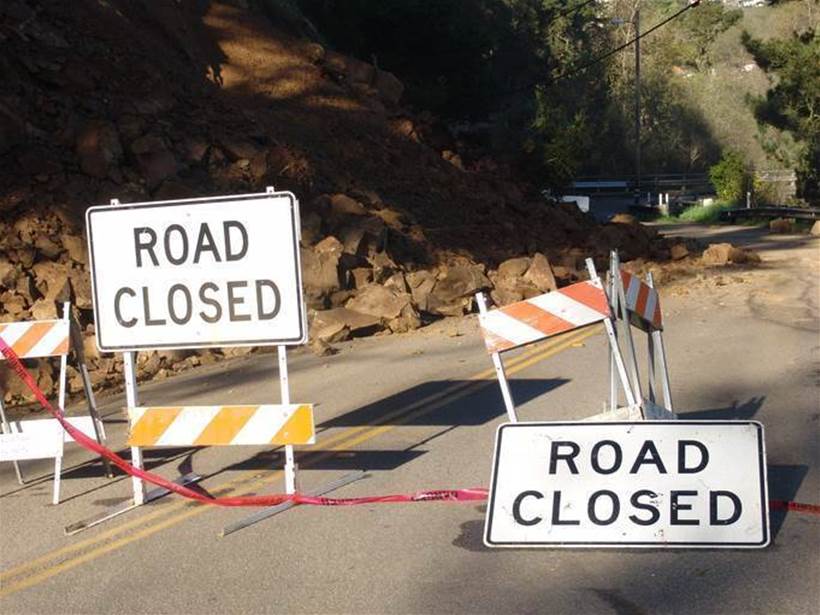The University of Wollongong (UOW) is no stranger to the field of slope stability research, having studied the field for the past thirty years.
However, the Internet of Things has allowed the university to accelerate their efforts, leading to the development of an automated Continuous Real-time Monitoring (CRTM) platform.
Remote dataloggers have been deployed at a number of monitoring sites and collect data to help map and manage landslide susceptibility, as well as any hazards and risks to urban or major transport infrastructure such as roads or railways.
The data collected is uploaded to a web-based dashboard developed and hosted by UOW, providing simple numerical data and graphical plots of data trends over time in intervals ranging from one day up to one year.
In addition, UOW have programmed the dataloggers to raise custom alerts of data performance thresholds. These alerts are then used to prompt manual ground inspections before actual landslide events, but can also be used to stop trains, close roads and initiate evacuations.
Data is not only collected by these in-ground inclinometers, but also via weather stations and airborne drones, which can provide unique perspectives on hazardous areas and can assist in the calculation of the size and trajectory of landmass for modelling and simulation.
The number of industry partners involved in this research is significant, and includes the likes of RailCorp, Sydney Trains, Roads and Maritime Services, and Wollongong City Council.
The data collected by this system has already been used to great effect as part of the multi-million dollar upgrade of Mount Ousley Road by the RMS, and Sydney Trains is adopting this system as part of its infrastructure monitoring efforts.
Continuous progress on the cards
Since the establishment of the project’s first monitoring station in 2003, 33 monitoring stations have been deployed.
The research group is also looking at low-powered wide area networking (LPWAN) technologies to further enhance monitoring capabilities and sidestep some of the physical in-field infrastructure deployment requirements.
The application stack will also continue to be refined, as more industry partners look to leverage the data it provides, helping tom manage their day-to-day operations.
This project has been named a finalist in the Education & Research category of the Australian IoT Awards 2017. View the full list of finalists here.







